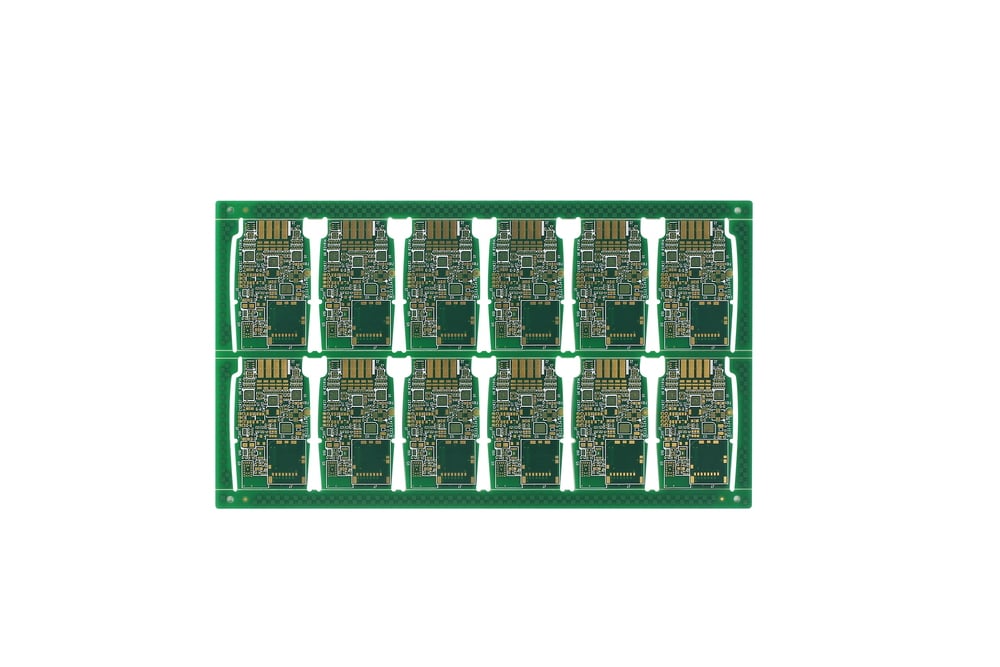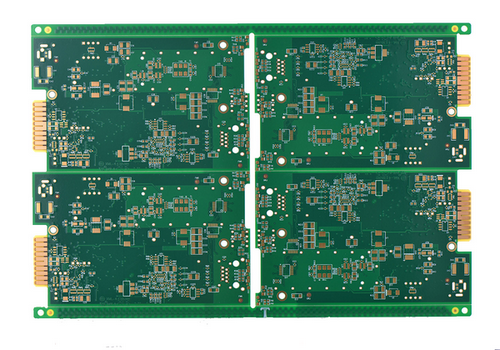Most often, people are interested in electronics to be able to repair any device. Only a tiny part of amateurs is engaged in independent development.
Printed circuit board comes with electronic components such as:
Resistors
Capacitors
Inductor
Diodes
transistors,
integrated circuits.
Although theoretical knowledge gives a general understanding of the components' operation principle, it is much more critical for repairs to know the methods for checking them.
We will tell you how to find an electronic circuit malfunction with your hands, eyes and a simple tool.
Before fixing the printed circuit board, it is important to ensure what the problem is - this process is called diagnostics. So, there are two stages of checking electronic devices:

It does not always happen that the device is completely "dead". Being a PCB inspection team, you should ensure that the device does not turn on, or turns on and immediately turns off, or some specific buttons or functions do not work.
For example, when repairing LCD monitors, there is such a problem as a failure of the backlight. In this case, the monitor may not turn on, its indicator blinks, or the arrow indicates the on state, but there is no image.
In such a scenario, you can see the monitor results and check for the diagnostics to highlight the possible issues.
Externally, you can identify most problems with an electrical appliance. These can be burnt components - diodes, resistors, transistors and capacitors, or soldering defects or mechanical damage to the elements and the printed circuit board.
If the board and parts look normal, you should proceed to the measurements. They are carried out mainly using a multimeter and an oscilloscope. Specialized devices are sometimes used, such as frequency meters, logic analyzers, and so on.
1. Inspection of the board
2. Determination of excessive heating of the electronic components of the board
3. Measurements and dialing with a multimeter
4. Use of an oscilloscope and other instruments
5. Replacement of a failed part or block.
Visual inspection should be carried out from the general to the specific. Or, in simple words - inspect the general view of the electronic device, and immediately check the integrity of the cables and power wires.
Their cover should be even and intact, without kinks and sharp bends, cones, and other irregularities on the shell should not be.
As soon as you are sure about the performance of the PCB board, you need to disassemble it and check for potential issues. Inspection of the insides should begin with checking the connection of the loops, and wires of other interconnect.
It is important to keep them intact even during disassembly since often the cables go from the boards to the key blocks and displays mounted on the case.
Next, the integrity of the fuse in the power circuit is checked; often, if it is blown, it can be determined with the naked eye. It stands near where the power cord is connected to the board.
Consider what faulty electronic components look like. After that, inspect for traces of heat or soot on the board and damaged parts. For example, the cases of defective transistors and burnt diodes break or crack.
A crack or small dot appears on integrated circuits. In some cases, both of them burn out, leaving traces of burning on the board as a result. Pay attention to whether there is a characteristic smell of burnt insulation.
So you can localize from which element or section of the board this smell comes. You can see below how to identify burnt transistors and microcircuits.
Resistors usually burn out or darken; less often, the resistive layer breaks, and the part looks good.

They break through "short-circuits" between the plates and if they are in the power circuit, the board tracks or the capacitor case are damaged. If the course was low-current, a broken capacitor will short-circuit it without visible traces of high currents flowing. Cases of capacitors crack less often.
While electrolytic capacitors can be calculated by a deformed case cover or traces of electrolyte leaking down, there are two diagonal grooves on the lid of the condenser; it is needed so that the case does not break in an emergency. In this case, the lid swells or cracks. Rarely squeezes the bottom.
With SMD components, the situation is more complicated. Often they are complicated to consider for integrity. There is one method for finding a short circuit in an SMD board - this is thermal paper, such paper is used in a cash register, so any check can be used. Printing on it occurs due to heating.
This means that when you apply power to the board, the shorted part will overheat and be printed on paper. You can see the troubleshooting technique using thermal paper in the video:
But you need to remember about electrical safety and refrain from resorting to this diagnostic method if you are not sure if there is a dangerous voltage there. This can be done safely and accurately with a thermal imager.
In most cases, you will need a laboratory power supply or another current-limiting power source to determine a thermal short. If you are diagnosing 220V circuits, you can use a test lamp; if there is a short circuit, then the lamp will light up in full heat. In fact, it will act as a current-limiting resistor.
During visual inspection, it is essential to determine the condition of the contacts of all detachable connections. They should be clean, without oxides with a characteristic copper or silver sheen. If the contacts are not too heavily oxidized, they can be cleaned with a stationery eraser or the wooden side of a match.
In more advanced cases, they need to be tinned, so you can restore the contact surface with tin. The worst option is when there is nothing to clean or tinker with, then you either need to change the entire board or solder the conductors to the tracks of the board and connect them through them.
Also carefully inspect the tracks of the printed circuit board; they can burn out, crack when the board is bent, peel off and oxidize.
They are restored either with a drop of tin or with a piece of wire; when the tracks are too tight - they are replaced with a piece of wire - a thin winding wire or a twisted pair core will do, soldering them to the beginning and end of the printed track.
1. Most faults can be found by external inspection;
2. Carefully check the quality of the soldering and the presence of microcracks;
3. Pay special attention to power circuits;
4. Swollen electrolytic capacitors in most cases are both the cause of complete inoperability and the inoperability of some individual functions;
5. Not always outwardly serviceable part is such.
If the external examination did not bring results, then a series of measurements should be taken. If the device does not show signs of life and:
His fuse burned out - then with the help of a multimeter we call the circuit and find in which section we have a short circuit. The ringing mode in most multimeters is combined with the diode test mode
If the fuse is good, check with a voltmeter whether the supply voltage is coming to the board.
If the voltage does not come, then the problem is most likely in the cable, you can determine this by ringing the cable from the plug to the connection to the printed circuit board.
The next step is to check the power circuit, for this we turn on the device and check the presence of the output voltages of the power supply. Please note that there are times when the power supply does not turn on without load.
Then we check the health of the power supply, it starts with checking the diode bridge, we considered this process in detail in the article –
After you have made sure that the diode bridge is working, you should check whether the voltage is coming to the PWM controller.
Further diagnostics of the electronic device board consists in step-by-step measurement of the parameters of each of the components and comparing them with the nominal values. The task is greatly simplified if you have a diagram of the device being repaired.
If you have an oscilloscope, diagnostics will be greatly simplified, since checking PWM signals at the controller output and at the bases or gates of transistors is normally only possible in this way.
Electronics repair is not only knowledge of the principle of operation of elements, but also intuition, experience and luck. The main thing to remember when repairing safety is that you should not touch the power supply board if the voltage is applied to it.
Discharge the filter capacitors of the power supplies, as voltages up to 300 volts can be on their terminals. And also when diagnosing circuits with integrated circuits - it's better to immediately look for the technical documentation for them, which can be found on the request "datasheet name of the microcircuit".
By continuing to use the site you agree to our privacy policy Terms and Conditions.
Recruit global agents and distributors Join us